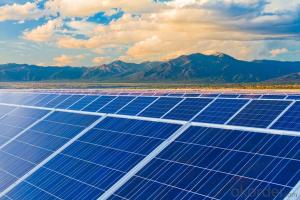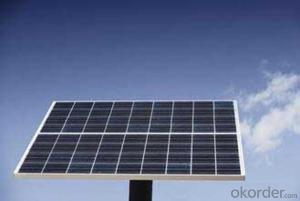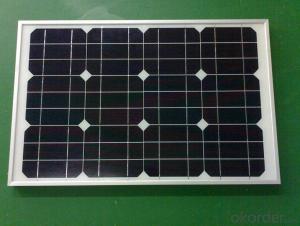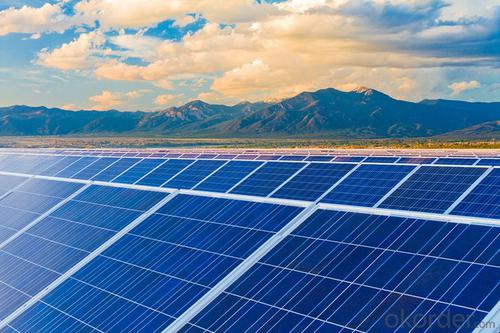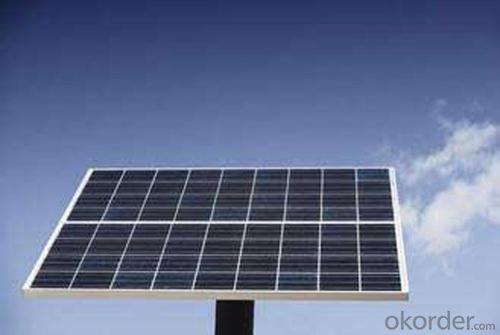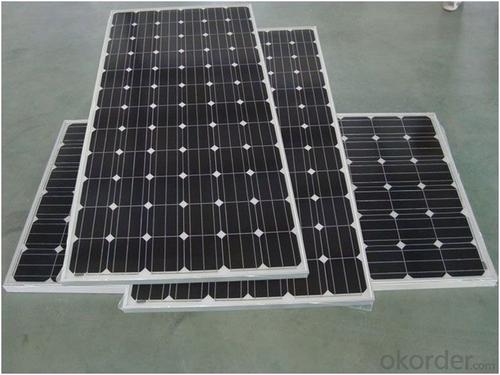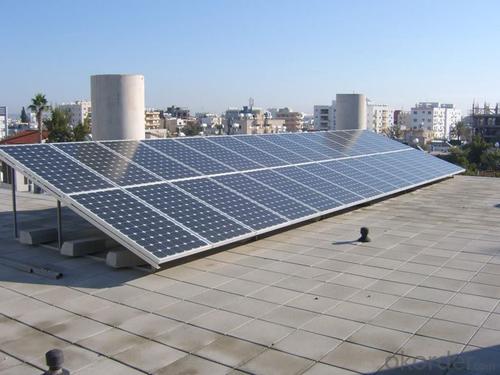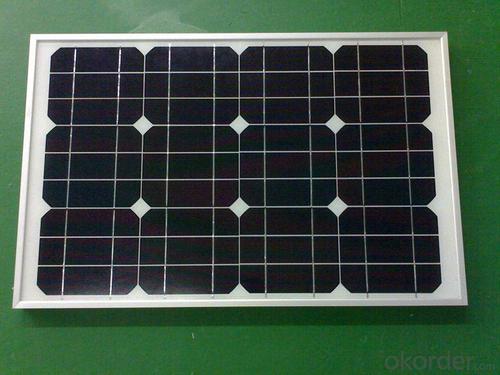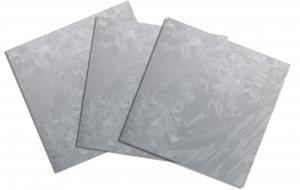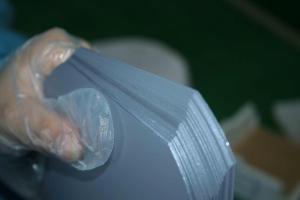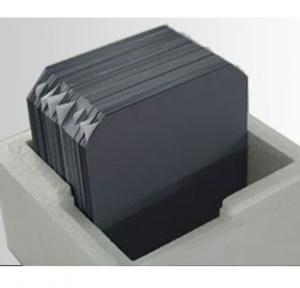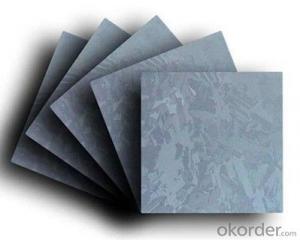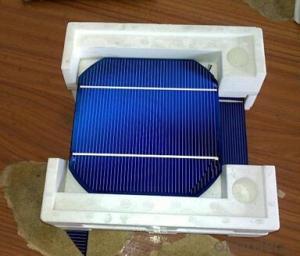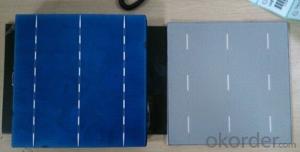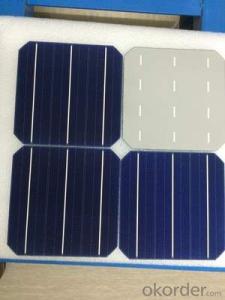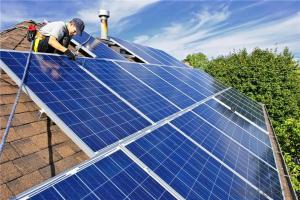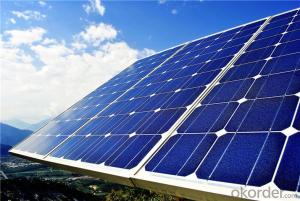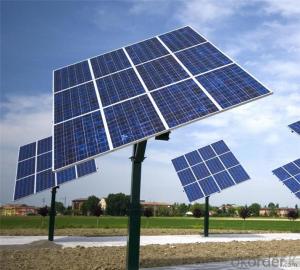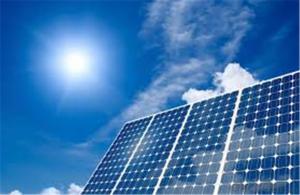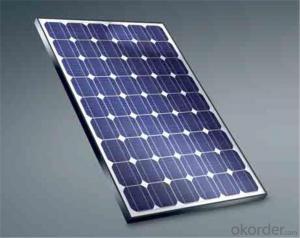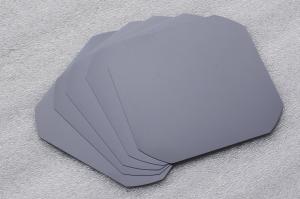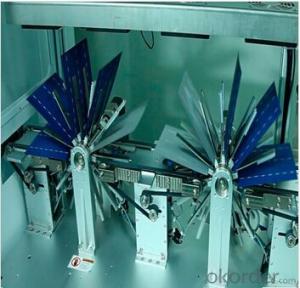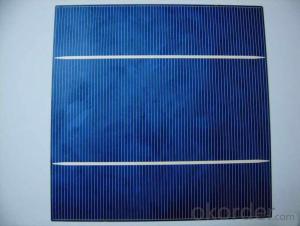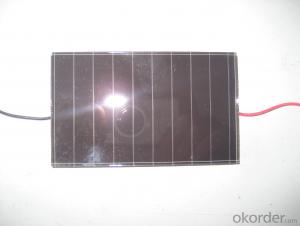260W Silicon Wafer Based Solar Panels for Home Use Solar Power System
- Loading Port:
- China main port
- Payment Terms:
- TT OR LC
- Min Order Qty:
- 10000 watt
- Supply Capability:
- 20000000 watt/month
OKorder Service Pledge
OKorder Financial Service
You Might Also Like
Destription:
Solar panel refers to a panel designed to absorb the sun's rays as a source of energy for generating electricity or heating. A PV module is a packaged, connected assembly of typically 6×10 solar cells. Solar PV panels constitute the solar array of a photovoltaic system that generates and supplies solar electricity in commercial and residential applications.
Main Characteristic
1.Manufactured according to international quality and Environment Management
System (ISO9001, ISO14001)
2. By the high transmittance, low iron tempered glass, anti-aging of the EVA(polyethylene - vinyl acetate), high-performance crystalline silicon solar cells, good Weather resistance TPT (fluoroplastics composite membrane) by pyramid , has a good Weather resistance and anti-UV, hail, water-proof capacity.
3. OEM and customerized package are accepted
4. High efficiency crystalline silicon solar cells
Quality warranty
1.10 years limited warranty on material and workmanship
2. more than 90% power output in 10 years
3. more than 80% power output in 25 years
Product show
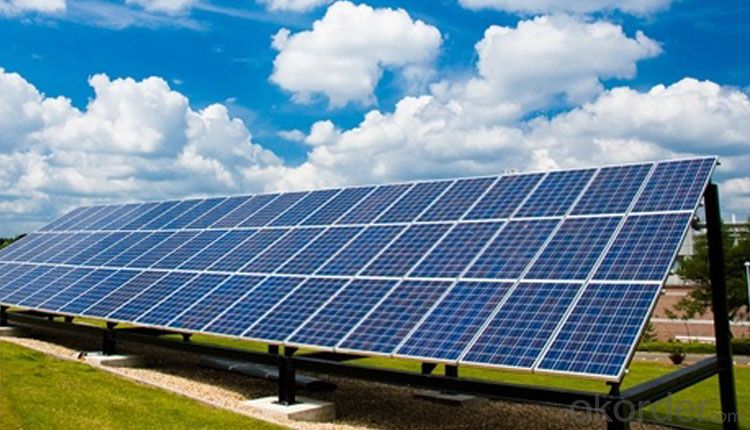
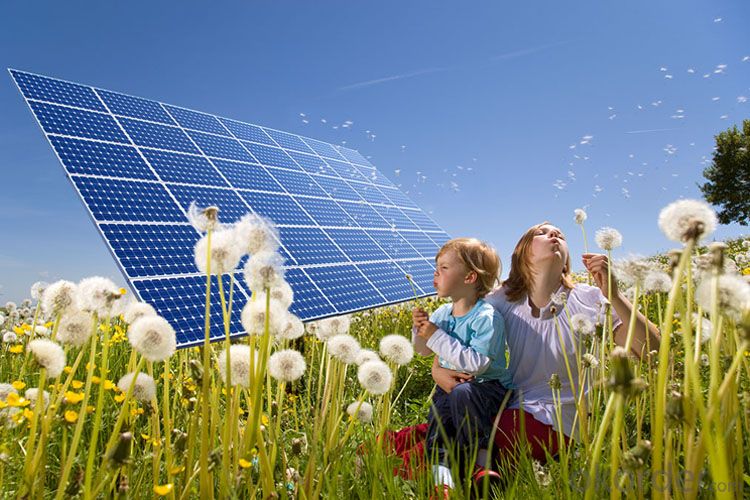

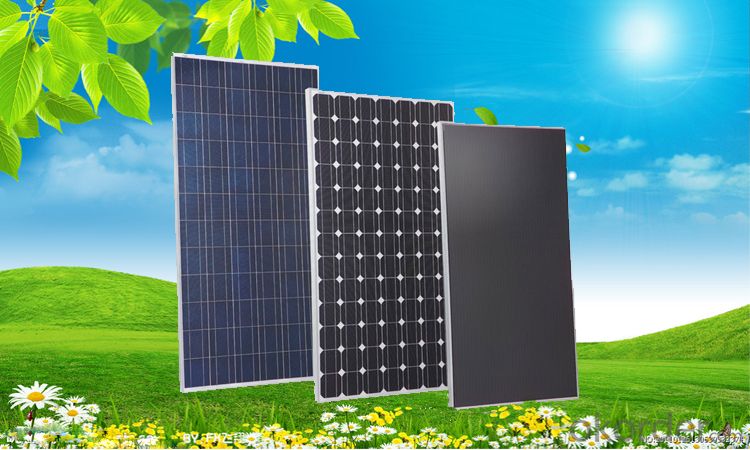
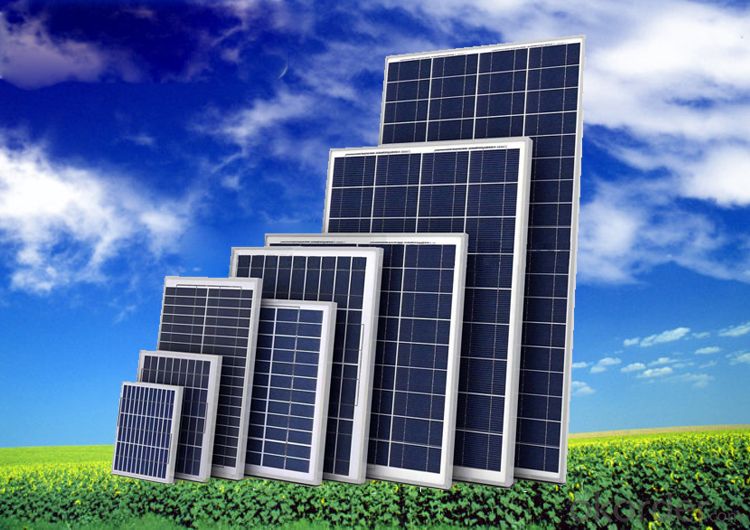
- Q: How are solar silicon wafers protected from fire or overheating?
- Solar silicon wafers are protected from fire or overheating through a combination of design features and safety measures. First, the solar panels themselves are typically made with non-flammable materials, such as tempered glass, to minimize the risk of fire. Additionally, the wafers are often encapsulated in a protective layer or surrounded by an insulating material to provide thermal insulation and prevent overheating. Furthermore, solar panels are designed with heat dissipation mechanisms, such as ventilation or cooling systems, to regulate temperatures and prevent excessive heat buildup.
- Q: What is the effect of temperature on the efficiency of a solar silicon wafer?
- The efficiency of a solar silicon wafer is directly influenced by temperature. As temperature increases, the efficiency of the wafer decreases. This is because the electrical characteristics of the silicon material change with temperature, leading to a decrease in the conversion of sunlight into electricity. Therefore, it is crucial to maintain optimal temperature conditions for a solar silicon wafer to maximize its efficiency and overall performance.
- Q: What are the different manufacturing processes for solar silicon wafers?
- The different manufacturing processes for solar silicon wafers include crystallization, wafering, texturization, doping, passivation, and metallization.
- Q: How do solar silicon wafers handle extreme weather conditions like hailstorms?
- Solar silicon wafers are designed to withstand extreme weather conditions, including hailstorms. They are manufactured with a protective layer, typically made of tempered glass, which is highly durable and able to resist impacts from hailstones. Additionally, solar panels undergo rigorous testing to ensure they can handle various weather elements, including hailstorms, high winds, and temperature fluctuations. While hailstorms may cause superficial damage to the protective glass layer, the underlying silicon cells are often well-protected, and the overall performance of the solar panel is not significantly affected.
- Q: What is the expected degradation rate of solar silicon wafers over time?
- The expected degradation rate of solar silicon wafers over time varies depending on various factors such as the quality of the silicon material, manufacturing process, environmental conditions, and maintenance practices. However, on average, silicon solar wafers experience a degradation rate of around 0.5-1% per year. This means that after 25 to 30 years, solar panels may have lost around 20-30% of their original efficiency. It's important to note that advancements in technology and improved manufacturing processes are continuously reducing degradation rates, ultimately increasing the lifespan and efficiency of solar panels.
- Q: What is the cost of a solar silicon wafer?
- The cost of a solar silicon wafer can vary depending on several factors such as the size, quality, and quantity being purchased. On average, a standard 156 mm x 156 mm solar silicon wafer can range from $0.10 to $0.30 per piece. However, prices may fluctuate due to market conditions and supplier negotiations.
- Q: What is the typical return on investment for a solar silicon wafer installation?
- The typical return on investment for a solar silicon wafer installation can vary depending on various factors such as the size of the installation, location, local solar incentives, and energy consumption patterns. However, on average, it is estimated that solar silicon wafer installations can provide a return on investment within 6 to 10 years.
- Q: How to make resistance on a piece of silicon chip (IC)? Read a lot of related articles, but also the first silicon oxidation, in the end is how? Best draw a
- You say SiO2 is equivalent to the boundary layer and layer.Wiring diagram... Tools are not enough brain.
- Q: What is the expected growth rate for the solar silicon wafer market?
- The expected growth rate for the solar silicon wafer market is projected to be significant, with estimates indicating a compound annual growth rate (CAGR) of around XX% over the forecast period.
- Q: What is the impact of light-induced degradation on the performance of solar silicon wafers?
- Light-induced degradation refers to the phenomenon where the performance of solar silicon wafers decreases over time due to prolonged exposure to sunlight. This degradation primarily affects the efficiency of the solar cells, resulting in reduced power output. It occurs due to the formation of defects in the silicon material, which trap charge carriers and hinder their movement, thereby decreasing the overall efficiency of the solar cells. Light-induced degradation can significantly impact the long-term performance and reliability of solar silicon wafers, necessitating measures such as anti-reflective coatings and material selection to mitigate its effects.
Send your message to us
260W Silicon Wafer Based Solar Panels for Home Use Solar Power System
- Loading Port:
- China main port
- Payment Terms:
- TT OR LC
- Min Order Qty:
- 10000 watt
- Supply Capability:
- 20000000 watt/month
OKorder Service Pledge
OKorder Financial Service
Similar products
Hot products
Hot Searches
Related keywords
